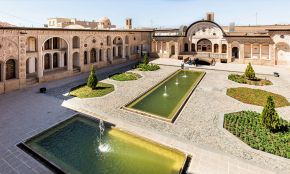
Tabatabei House Traditional Building
The Tabatabei House is a historic and triditional house in Kashan, Iran. It was built in the early 1880s for the affluent Tabatabaei family.
Already a PinIRAN member? Login
Don't have an account? Sign up

The Tabatabei House is a historic and triditional house in Kashan, Iran. It was built in the early 1880s for the affluent Tabatabaei family.
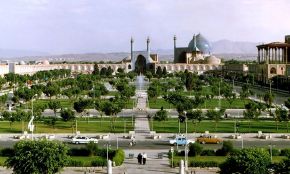
Naqsh-e Jahan Square, is a square situated at the center of Isfahan city, Iran. Constructed between 1598 and 1629, it is now an important historical site.
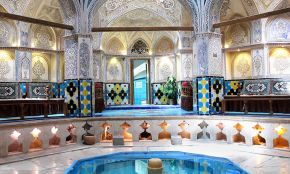
Sultan Amir Ahmad Bathhouse, also known as the Qasemi Bathhouse, is a traditional Iranian public bathhouse in Kashan, Iran.
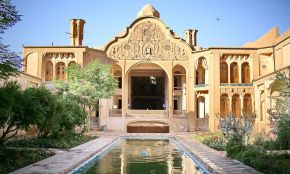
The Borujerdi House is a historic house in Kashan. The house was built in 1857 by architect Ustad Ali Maryam for the wife of Seyyed Mehdi Borujerdi, a wealthy merchant.
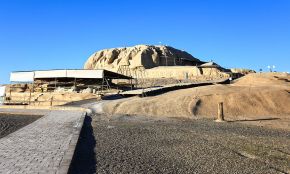
Tepe Sialk or Sialk Hills is a large ancient archeological site in a suburb of the city of Kashan close to Fin Garden. The culture that inhabited this area has been linked to the Zayandeh River Culture
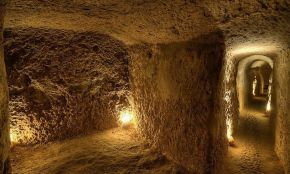
The underground city of Ouyi or Noushabad in the northern Kashan is considered one of the masterpieces of ancient architecture.
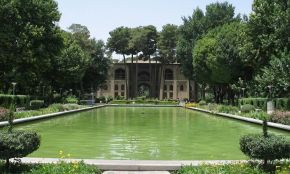
Hasht Behesht, meaning "Eight Paradises" is a Safavid era palace in Isfahan. It was built in 1669 and is today protected by Iran's Cultural Heritage Organization.
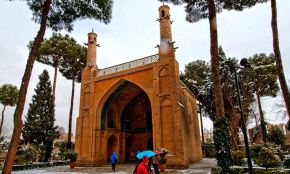
The Monar Jonban, or Menar-e-jomban, is a monument located in Isfahan, in central Iran. Construction began in the 14th century to cover the grave of Amu Abdollah Soqla.